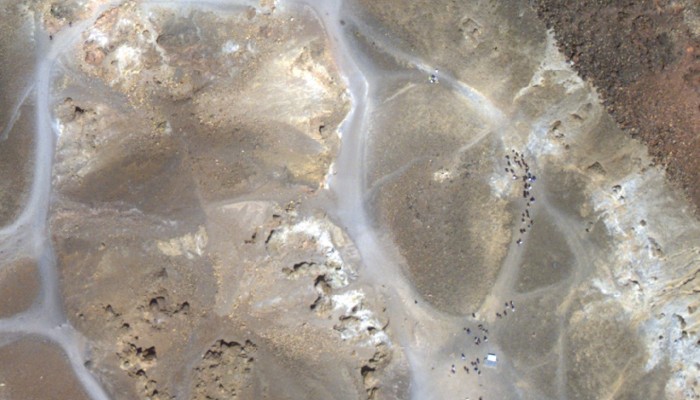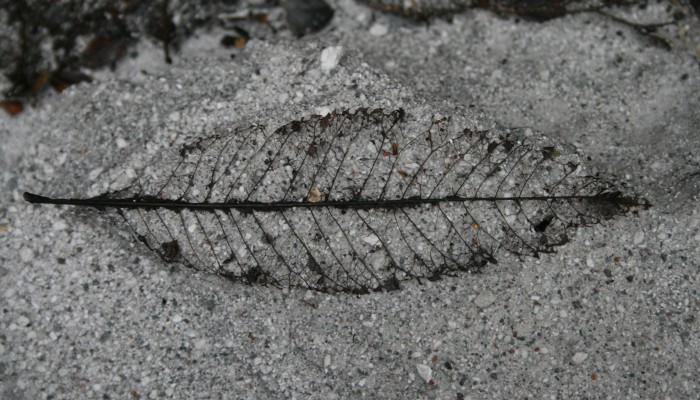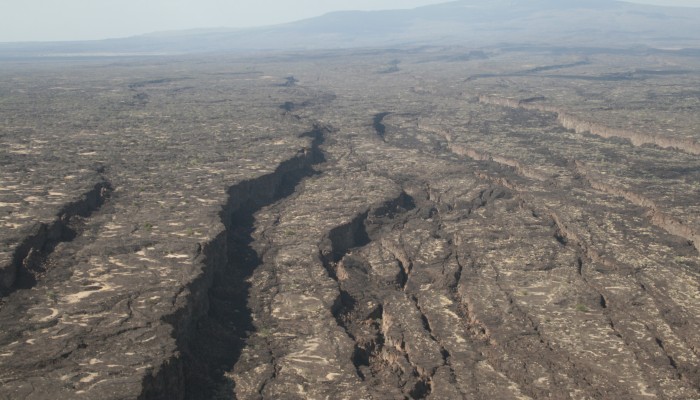In January 2011, Santorini volcano in Greece began to show the first subtle signs of stirring after many decades of quiet – or at least many decades without detectable activity. This presented an exceptional opportunity to track the behaviour of a very well-studied volcano at the start of a phase of ‘unrest’. Although it may seem counter-intuitive, volcanologists don’t real ...[Read More]
Timelapse volcanoes in Google’s Earth Engine
With the marvels of technology and the generosity of Google and NASA, we can now sit back and watch the back catalogue of volcanic eruptions using the magnificent Google Earth Timelapse of Landsat images. Here are just a few that I have picked out.. Enjoy, and do send more suggestions! Anatahan, Marianas, erupted in 2005. Anatahan Timelapse Chaiten, Chile. Erupted in May 2008: look for the splash ...[Read More]
Who should set the research agenda in Universities?
Universities are complex, organic institutions. Their heart is the academic hub of scholarship and research, sustained by the ever-changing life-blood of students who come through to learn, to challenge, to grow, and ultimately to leave, having left their mark on those who have taught them. The excitement of working in a University environment is the daily experience of being challenged to think ...[Read More]
Chaiten: anniversary of an eruption
May 1st marks the anniversary of the start of the first historical eruption of Chaiten, a small volcano in southern Chile, in 2008. A lot has been written on the eruption elsewhere, starting with Erik Klemetti’s eruptions blog which first reported on the event at the time. This is an opportunity to share some field photos, which I took during field visits to Chaiten in 2009. At the time of t ...[Read More]
Earth Day – Thin Ice and the inside story of Climate Science
Earth Day, April 22nd, has been chosen as the day for the global launch of a new film on the science behind global environmental change ‘Thin Ice: the Inside Story of Climate Science‘. This is an exciting project, as the filmmakers include Simon Lamb, who has had a successful career as an academic geologist at the University of Oxford, UK, and then at Victoria University of Wellington ...[Read More]
What do you wish that you had learned in Graduate School?
In the UK, the landscape of graduate doctoral training (for the PhD, or DPhil degree) in the field of environmental research is about to be radically reshaped. The main funding agency for PhD training, the Natural Environment Research Council, is currently running a competition for Universities and other Research Organisations to run coordinated doctoral training programmes from next year (Octobe ...[Read More]
Conference report – EGU highlights, Day 4
Large international science conferences are extraordinary events. For a week at a time, scientists emerge from their offices and laboratories and join a throng of thousands, negotiating their way through tens of thousands of presentations across multiple parallel sessions. For many of those attending, the scale of the event is less important, though, than the opportunity the meeting presents for s ...[Read More]
Professor John Barry Dawson, 1932-2013
I learnt this week the sad news of the death of Barry Dawson, Emeritus Professor in the School of Geosciences at the University of Edinburgh. I had the great fortune to accompany Barry into the field in 1988, while I was still studying for a PhD, and had the pleasure of spending many enjoyable moments with him subsequently, whether in the field, at meetings, or just in passing. This seems like an ...[Read More]
Time to move scientific debate into the open?
A few months ago, I got a routine request to review a paper about the fate of the plume formed during the 2011 eruption of Nabro volcano, Eritrea. The topic looked interesting, and so I agreed and duly reported. A few weeks later, the journal asked if I might write a commentary to introduce the paper, essentially as a bit of advertising. It wasn’t too hard to agree to that either; after all, ...[Read More]
Sea-floor spreading, on land
One piece of evidence that helped to establish the theory of Plate Tectonics in the early-1960’s was the recognition of patterns of magnetisation in the basalts of the seafloor that were symmetrical about the global oceanic ridge system. Fred Vine and Drummond Matthews recognised that this pattern had to be fixed in place as the lavas, that were erupted along the ocean ridge, cooled through ...[Read More]



